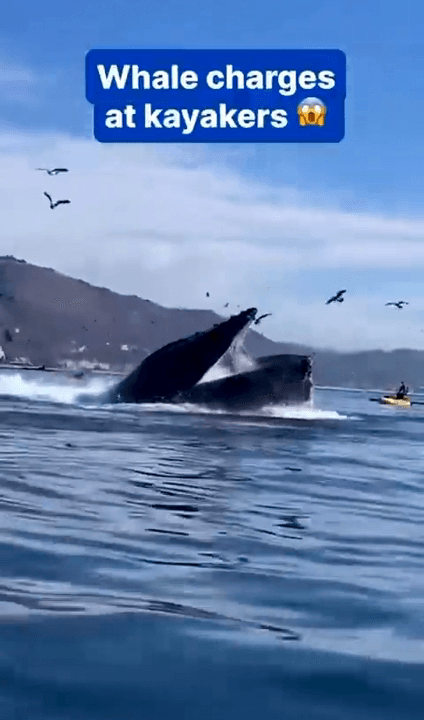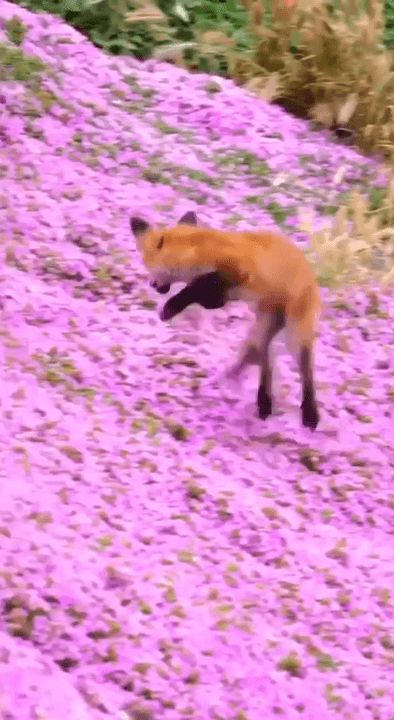
Dobro jutro svima od Ilya Zuenka iz zemlje Bjelorusije🦊🇧🇾 Lov za našu ekipu ne ide uvijek brzo i glatko. Jučer sam morao potrošiti dosta vremena da pronađem predatora✊ Detalje poslušajte u videu�
Post: 28 February 09:44

Post: 28 February 09:44

Post: 19 February 09:53

Post: 7 February 09:53

Post: 14 August 14:32

Post: 23 February 14:01

Post: 5 March 09:23

Post: 25 July 11:49

Post: 23 July 12:43

Post: 22 July 08:20

Post: 18 July 11:47

Post: 18 July 08:50

Post: 15 May 12:34

Post: 23 July 08:19

Post: 17 July 13:38

Post: 17 July 13:21

Post: 15 May 20:36

Post: 1 March 19:41

Post: 16 April 07:18

Post: 24 March 10:05

Post: 12 January 09:13

Post: 5 July 17:32

Post: 14 August 12:43

Post: 23 July 06:52

Post: 21 July 14:09

Post: 17 July 08:00

Post: 16 July 07:33

Post: 16 July 07:15

Post: 31 May 07:16

Post: 26 September 09:29

Post: 29 March 01:22

Post: 11 December 19:36

Post: 2 September 12:25

Post: 26 August 14:17

Post: 25 July 19:18

Post: 24 July 14:45

Post: 4 July 09:13

Post: 28 February 20:53

Post: 22 July 09:54

Post: 3 September 15:33

Post: 2 September 14:39

Post: 29 August 11:12

Post: 28 August 14:21

Post: 28 August 11:37

Post: 27 August 07:49

Post: 23 August 21:42

Post: 22 August 09:01

Post: 19 August 14:32

Post: 30 July 10:43

Post: 23 July 13:51

Post: 23 July 13:41